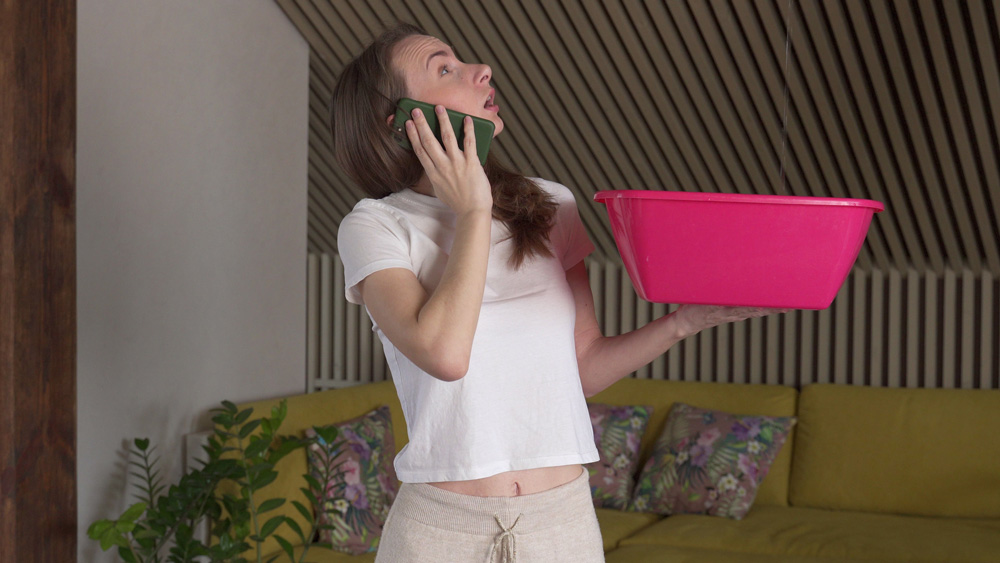How To Spot A Roof Leak
Finding and fixing a roof leak can be challenging, and for homeowners and property owners, it can even be frightening. You can repair a tiny roof leak or other leaks by yourself. Hiring a skilled roofing contractor is crucial if the roof leak repair is substantial.
Here are some tips on how to identify a roof leak.

Intro to Roof Repair
It’s likely that you have seen water stains on your ceilings or flowing down your walls if your roof is leaking.
Before you freak out or become overly worried, remember that fixing a small roof leak can be relatively easy, and you might even be able to do it yourself. Finding the leak is the challenging part, but the repair itself can be fairly simple.
Before you begin searching for leaks, keep in mind that if you’ve just suffered a significant weather event or a natural disaster like a tornado, thunderstorm, or even a hurricane, it’s crucial to check your roof for leaks. Hail damage to roofs and roof leaks can be brought on by even the smallest hailstones.
This is true even if you are fortunate enough to have avoided significant damage to your property, as minor roof leaks can be difficult to detect, even by professionals.
Furthermore, it’s critical to understand the kind of roof you have and how long it normally lasts.
It will be crucial to know whether a leak is worth patching or whether a new roof is entirely necessary.
The Search
If you think your roof is leaking, start by inspecting the portions of the roof that are higher or uphill from the spots on the inside and outside of your house. Since these problems are the most common sources of leaks, start by inspecting the roof from the exterior for any penetrations, holes, or other apparent damage.
Roof penetrations, chimneys, dormers, and other structures that extend through the roof are common places for roof penetrations and other issues that could result in leaks.
You should check the entire roof, not just the region near the projections, as leaks might happen several feet away from the aforementioned structures.
Looking for any holes, breaks in the roof’s surface, or other damage is the first stage in the procedure because leaks are extremely unlikely to occur on roofs with unbroken surfaces or shingles, even on older roofs. Repairing a flat roof can be extremely challenging.
A commercial roofing contractor would be necessary to assist with a metal roof repair because it could be particularly difficult.
If you are unsure of what kind of roof you have, consult this type of roof guide. Knowing the type of roof you have may help you locate a roof leak.
The Source
Because the locations where you can see the leak (water spots or stains) are frequently not very close to the leak itself, it can be challenging to identify the source of the majority of roof leaks.
Considering that water flows down from the point where it enters your roof, the real hole or leak may be much higher up on the roof’s plane. When looking for the source of a roof leak, remember that water generally enters through loose or missing nails, broken or excessively long shingles, missing shingles, improperly sealed or corroded flashing around chimneys, skylights, vents, or along the intersection of different planes.
The Repair
First of all, be aware that no matter where your roof leak is, you shouldn’t attempt to fix it while it is pouring or there is other bad weather around. Put a bucket beneath them and return to the situation when it’s clear. When the weather is dryer, you can repair your roof leak because your repairs won’t be jeopardized by extra moisture and water.
Need Help?
You don’t have to search for roof leaks on your own, and they don’t get better on their own either. You should contact a roofing professional if you can’t locate the cause of your roof leak but still notice signs of water entering your home or if you don’t feel confident locating or repairing the leak yourself. The less damage you have to pay for and repair, the sooner you can have a professional involved with your roof leak. Contact us today!
